In September 1939, the Nazis invaded Poland. By April 1940, the gates closed on the Lodz Ghetto, the second largest in the country after Warsaw.
Throughout the war, over 210,000 people would be imprisoned in Lodz.
Among those held captive was Henryk Ross. He was a Jewish sports photographer before the Nazi invasion and worked for the ghetto's Department of Statistics during the war. As part of his official job, he took identification photos of the prisoners and propaganda shots of Lodz's textile and leather factories.
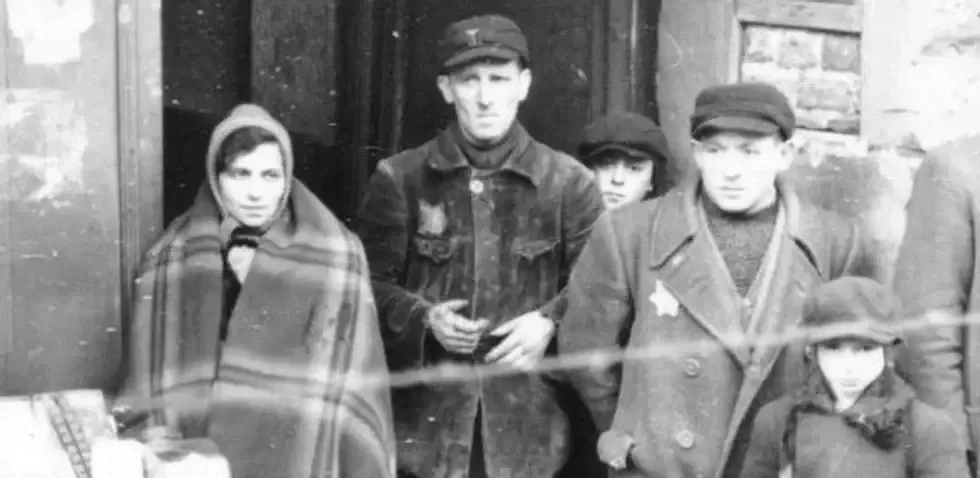
However, when the Nazis weren't looking, Ross stole film stock and surreptitiously took photos of the atrocities to "leave a historical record of our martyrdom."
Ross was aware that being caught would likely result in torture and death for both him and his family.
Ross took photos of hangings, people lying in the street dying of starvation, and countless dead bodies in the morgue. He also managed to capture the day-to-day lives of the prisoners as they attempted to survive in squalor.
By the summer of 1944, over 45,000 people, primarily Jews along with members of the Roma and Sinti communities, had perished in the ghetto due to starvation, disease, and murder. Tens of thousands were forcibly deported to concentration camps, where many were murdered in the gas vans of Chelmno.
As the war seemed to be drawing to a close, Ross buried over 6,000 photographic negatives in the ground, hoping to preserve a visual testimony of the Nazi atrocities.
On Jan. 19, 1945, the Soviet Army liberated the ghetto. Ross was among the 877 people who survived.
Two months later, Ross dug up his negatives. Most had been ruined by moisture, but there were still hundreds that survived as evidence of the Nazi genocide.
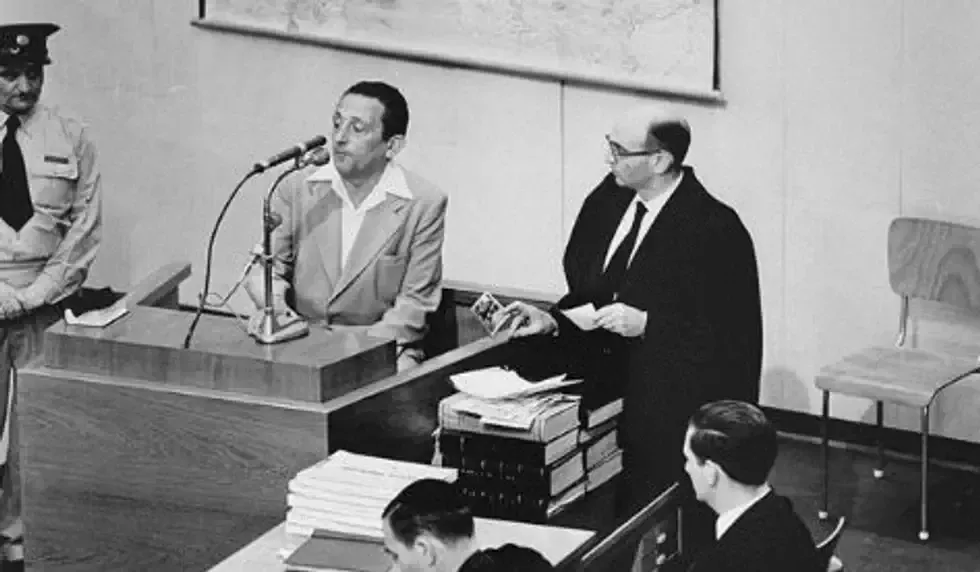
In 1956, Ross and his wife moved to Israel, where Ross later testified at the 1961 war crimes trial of Adolf Eichmann, the architect of Hitler's Final Solution. Some of Ross' photos were used as evidence.
Ross passed away in 1991, and his photographs were acquired by the Archive of Modern Conflict.
Here are just a few of Ross' chilling photographs taken at the Lodz Ghetto from 1941 to 1944.
Life in the Ghetto
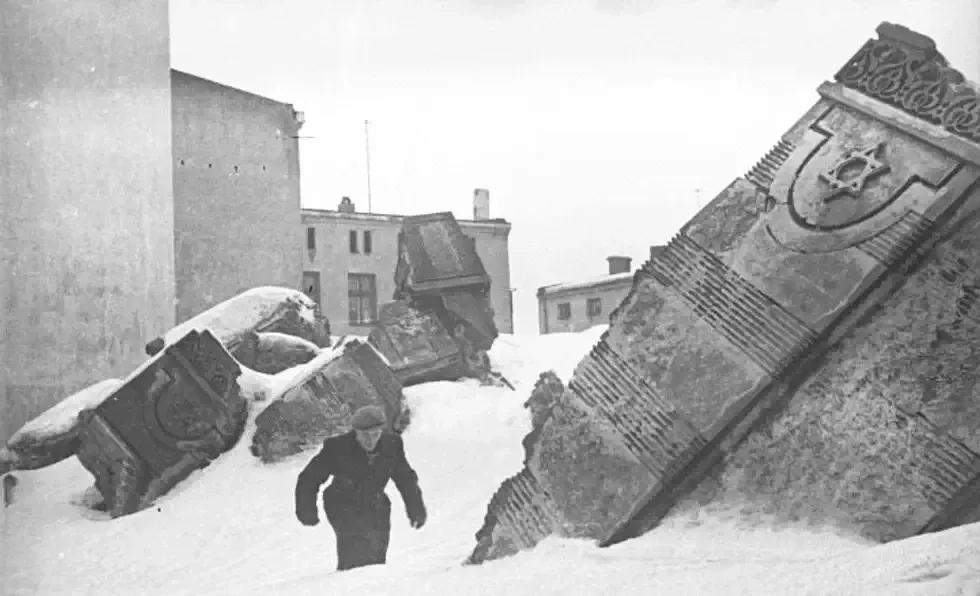
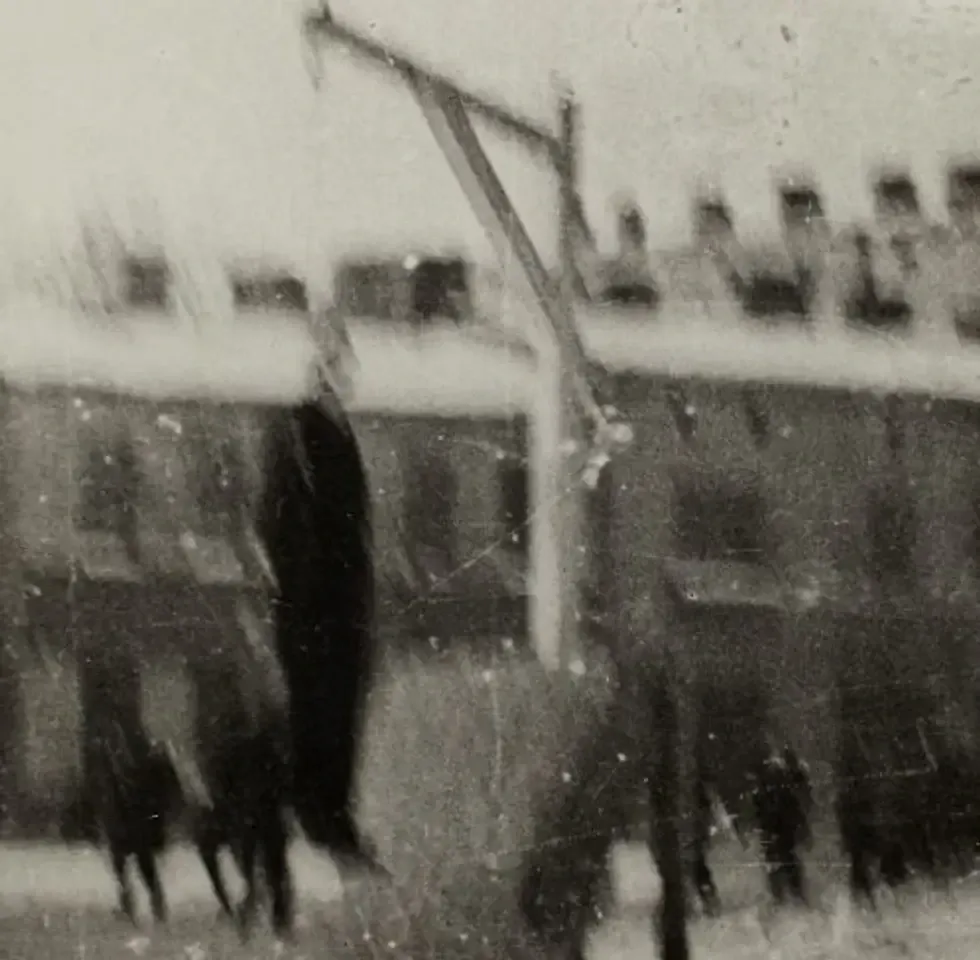
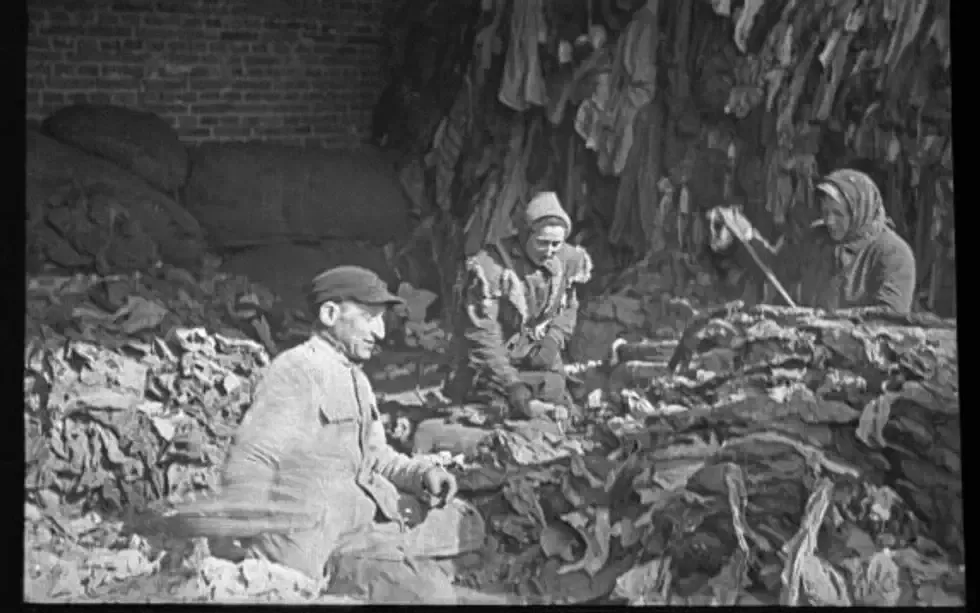
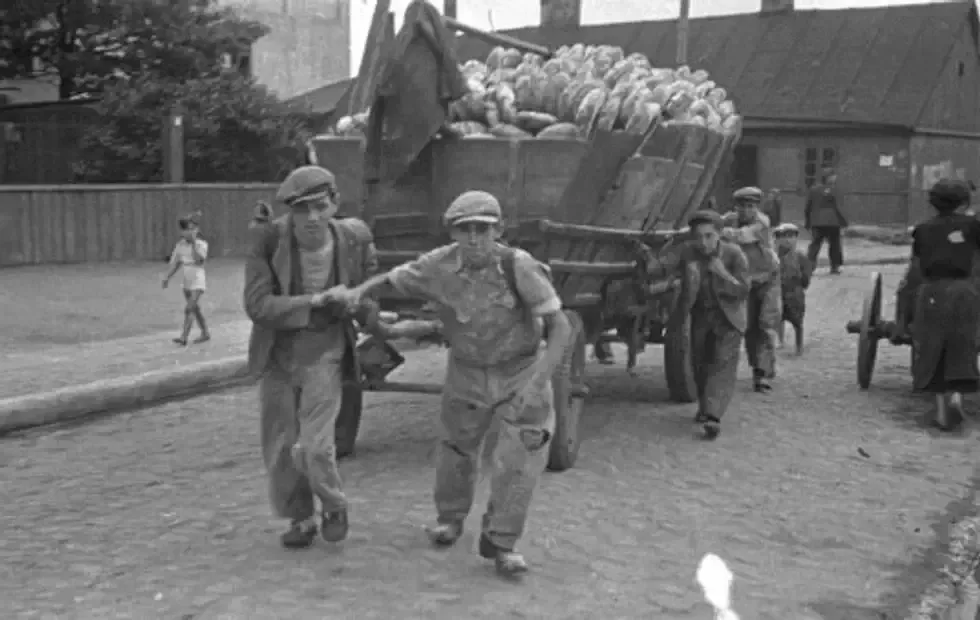
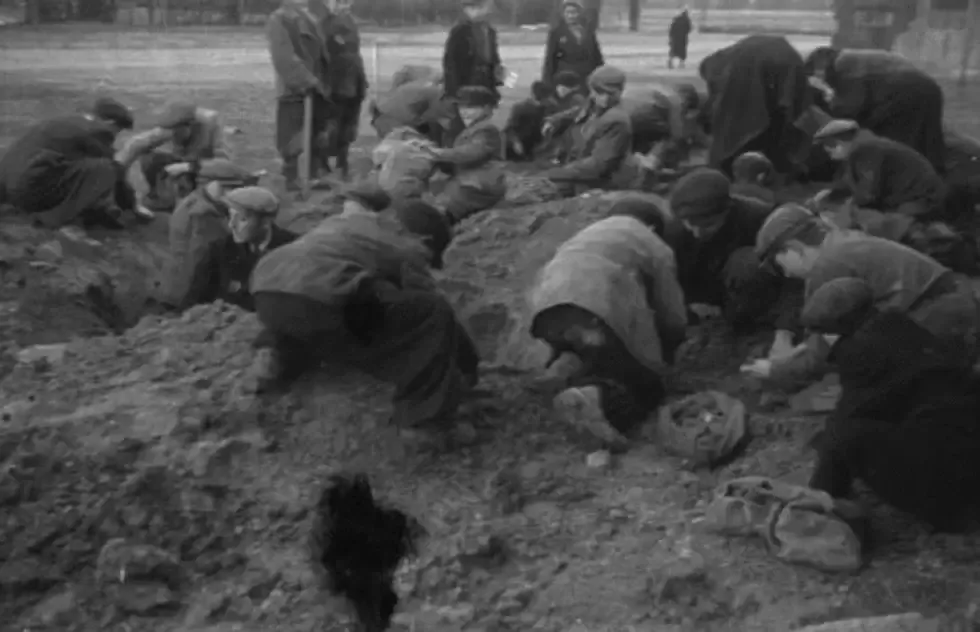
"The potatoes in the ghetto were always rotten, frozen - garbage. But perhaps it was still possible to find something edible in the trash? Hundreds, especially children, would come to burrow in the buried pile in the ground in the hours when the watch was not strict." — Henryk Ross
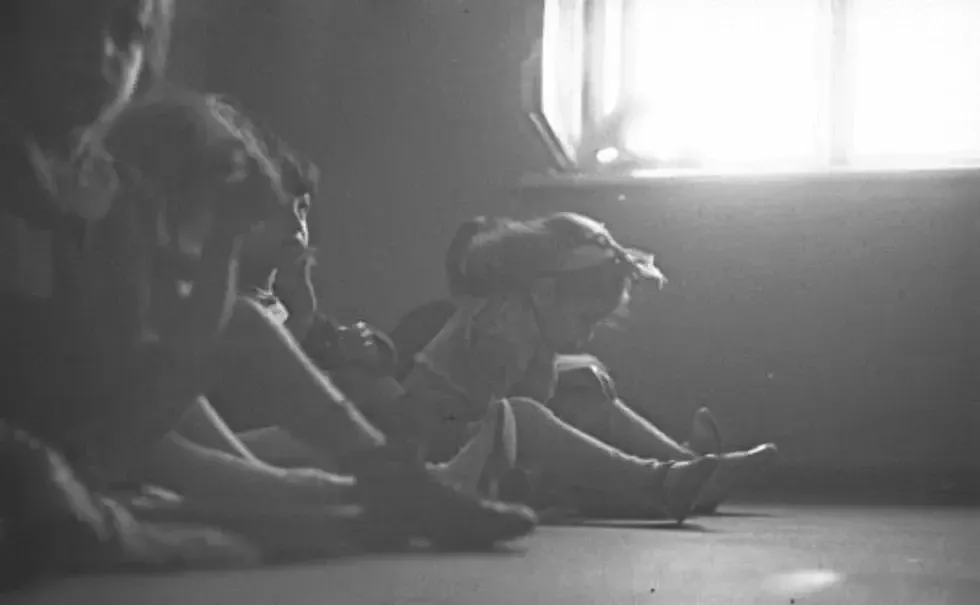
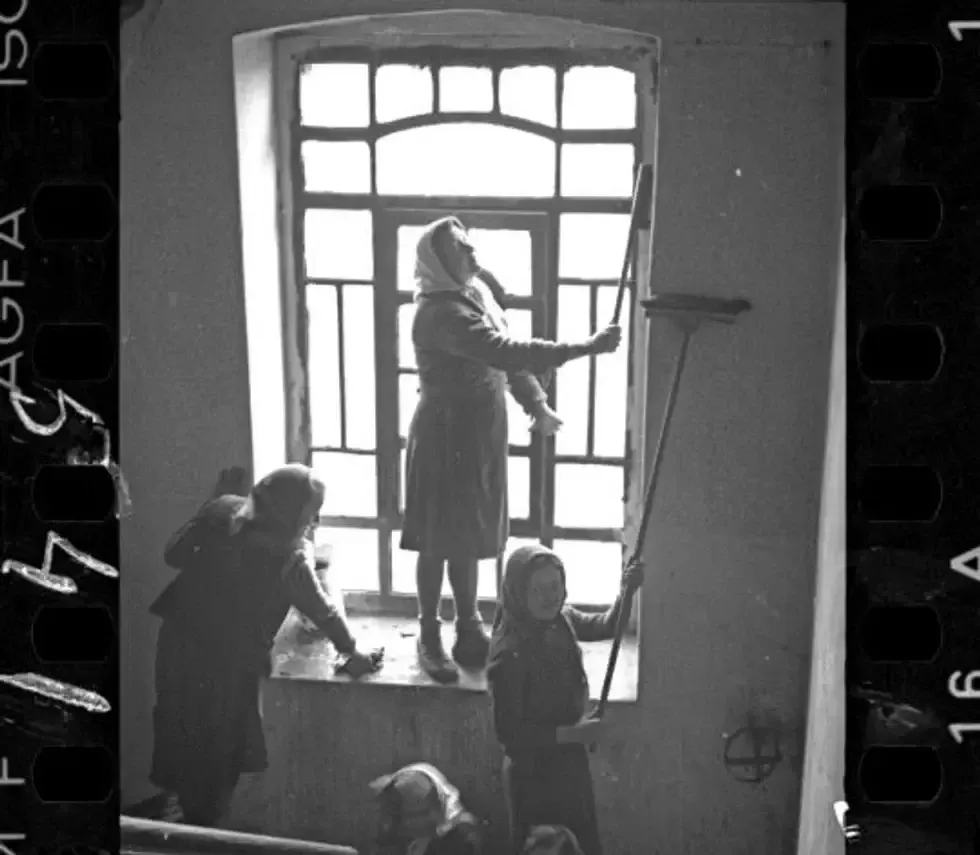
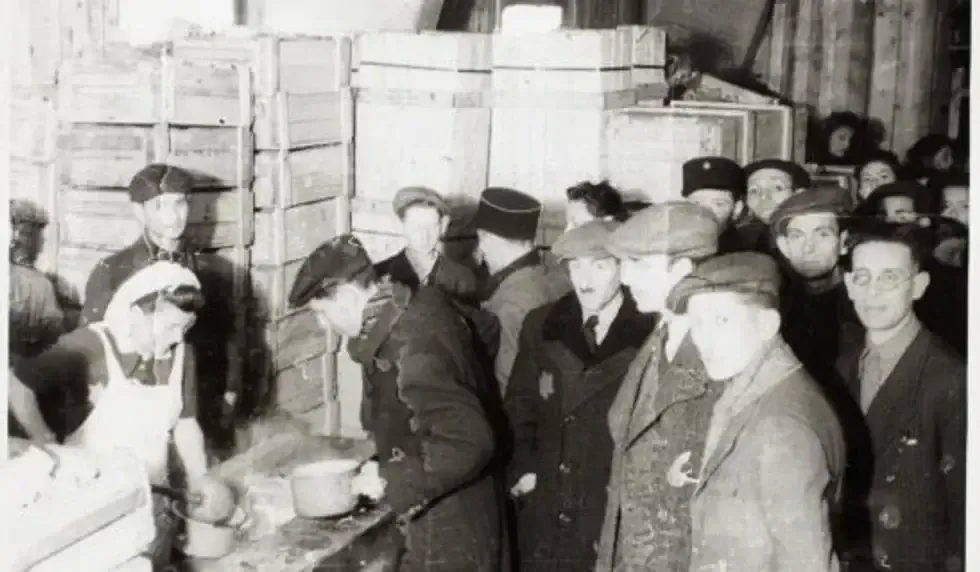
Round-ups and Deportations to Killing Centers
Jews from the Lodz Ghetto were deported from Lodz via vans and cattle cars to death camps in Chelmno nad Nerem and Auschwitz-Birkenau.
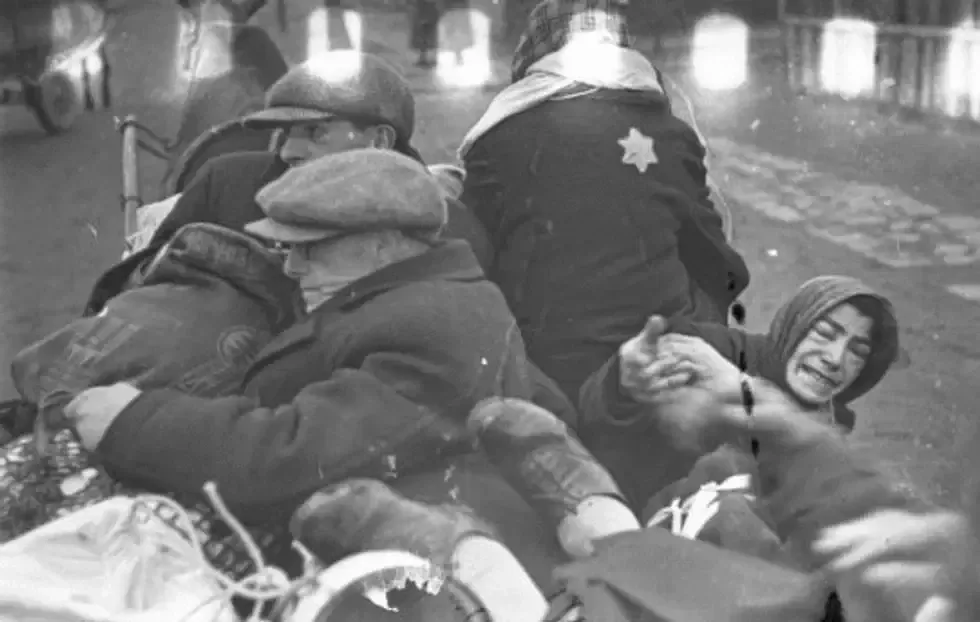
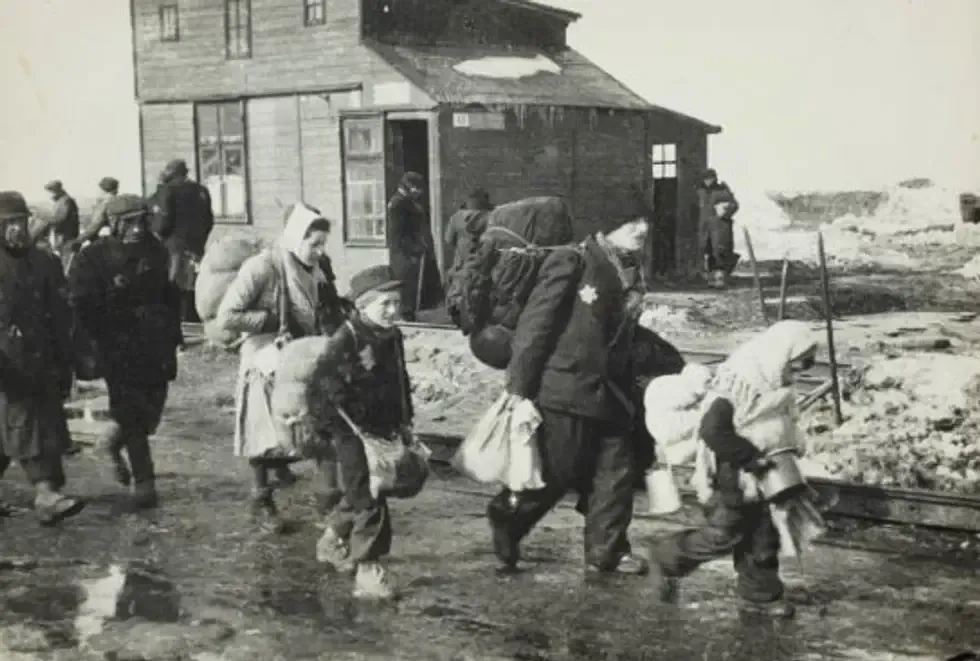
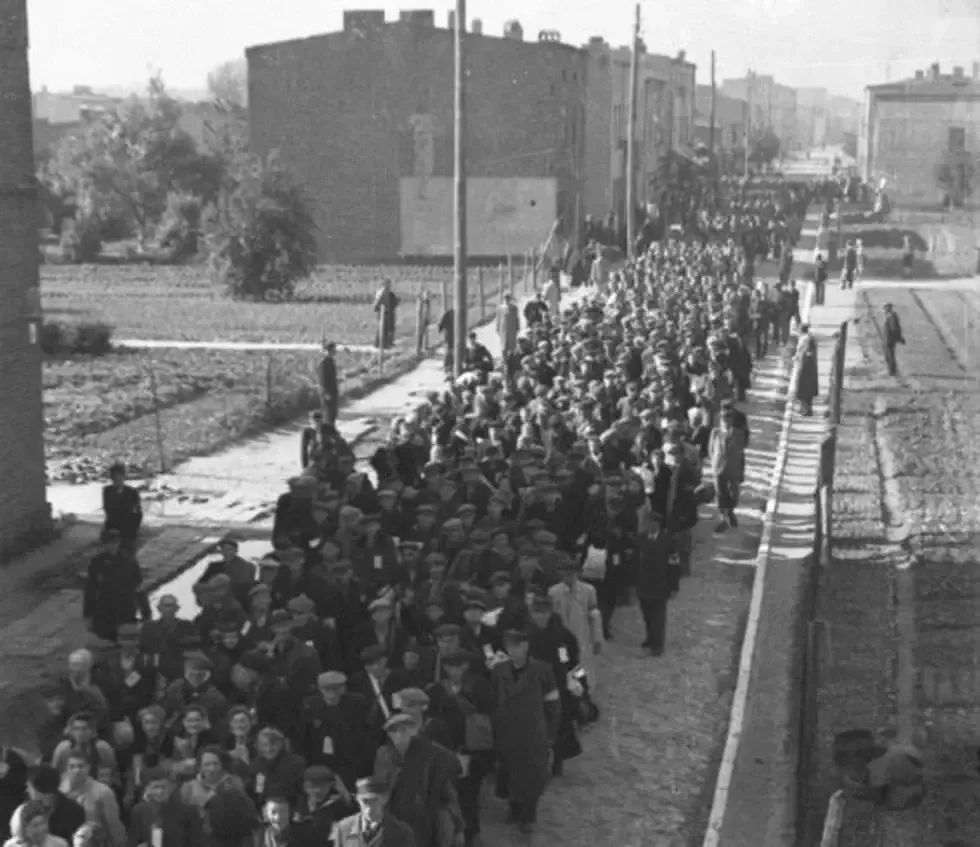
Jewish policemen are catching deportees trying to escape from the hospital at 36 Lagiewnicka Street, which was an assembly point for deportees. The photograph was taken on September 10, 1942." — Henryk Ross
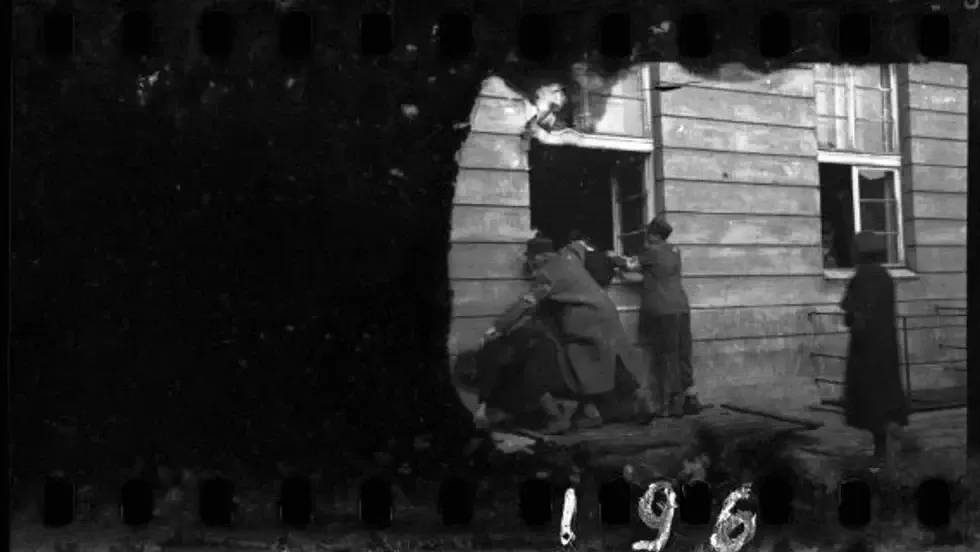
Death in the Ghetto.
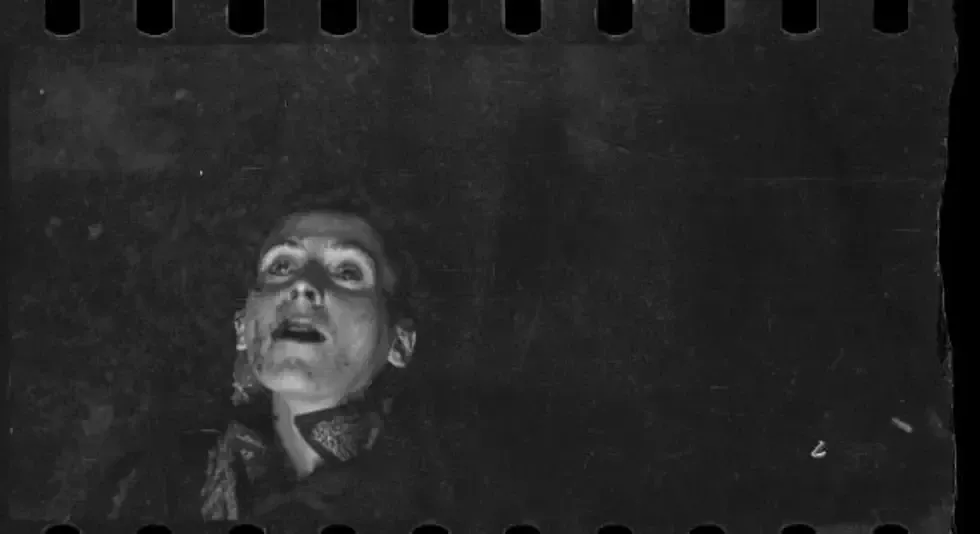
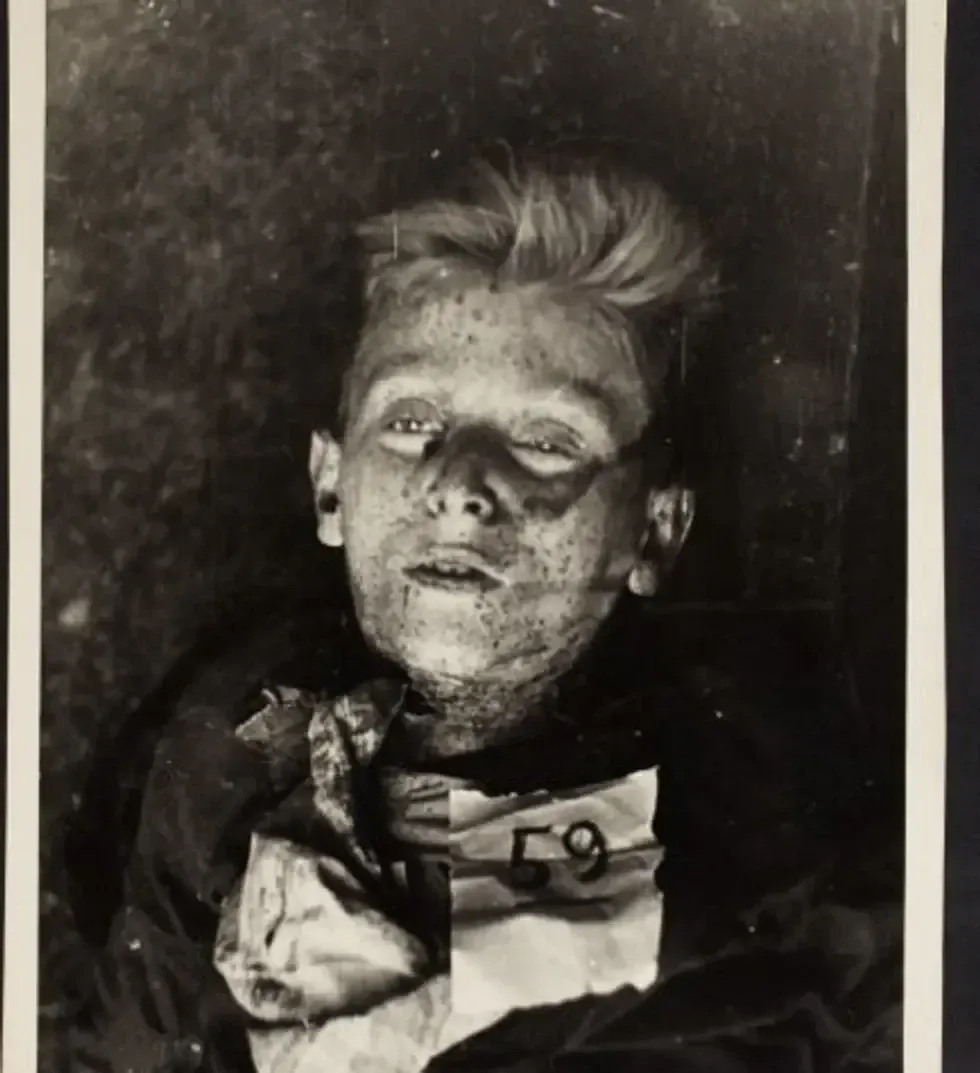
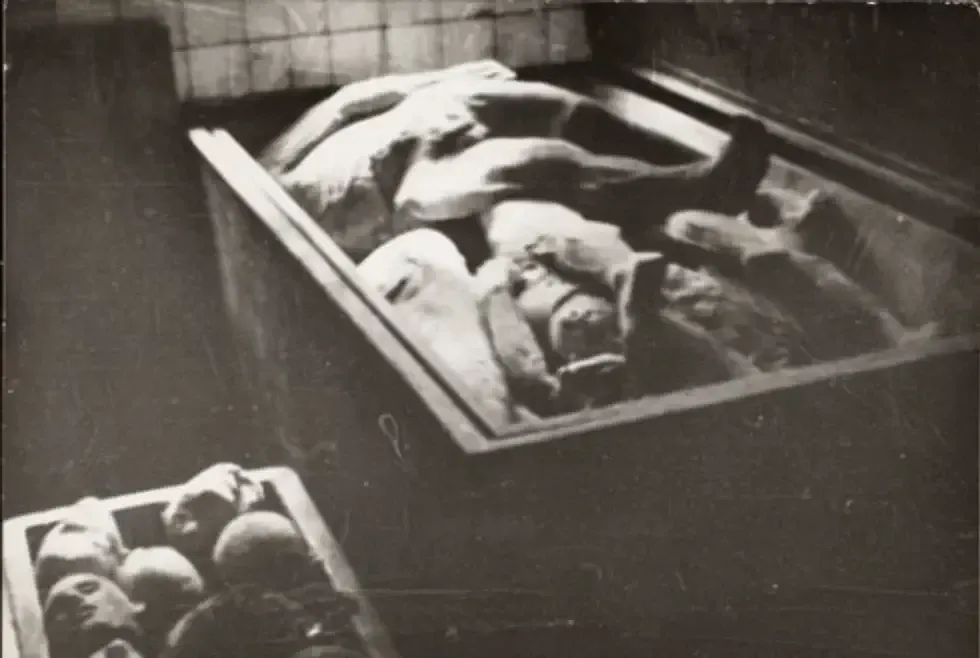
For more information, please visit The Lodz Ghetto Photographs of Henryk Ross.
This article originally appeared on 08.20.19
More on Good.is
Town Says �No� To Statue Of Swedish Woman Who Smacked A Nazi With Her Purse, But�
Photographer creates a haunting photo series by removing phones from every image. - GOOD
15 100-year-old photos that prove beauty is timeless. - GOOD


















 Pictured: The newspaper ad announcing Taco Bell's purchase of the Liberty Bell.Photo credit: @lateralus1665
Pictured: The newspaper ad announcing Taco Bell's purchase of the Liberty Bell.Photo credit: @lateralus1665 One of the later announcements of the fake "Washing of the Lions" events.Photo credit: Wikimedia Commons
One of the later announcements of the fake "Washing of the Lions" events.Photo credit: Wikimedia Commons This prank went a little too far...Photo credit: Canva
This prank went a little too far...Photo credit: Canva The smoky prank that was confused for an actual volcanic eruption.Photo credit: Harold Wahlman
The smoky prank that was confused for an actual volcanic eruption.Photo credit: Harold Wahlman
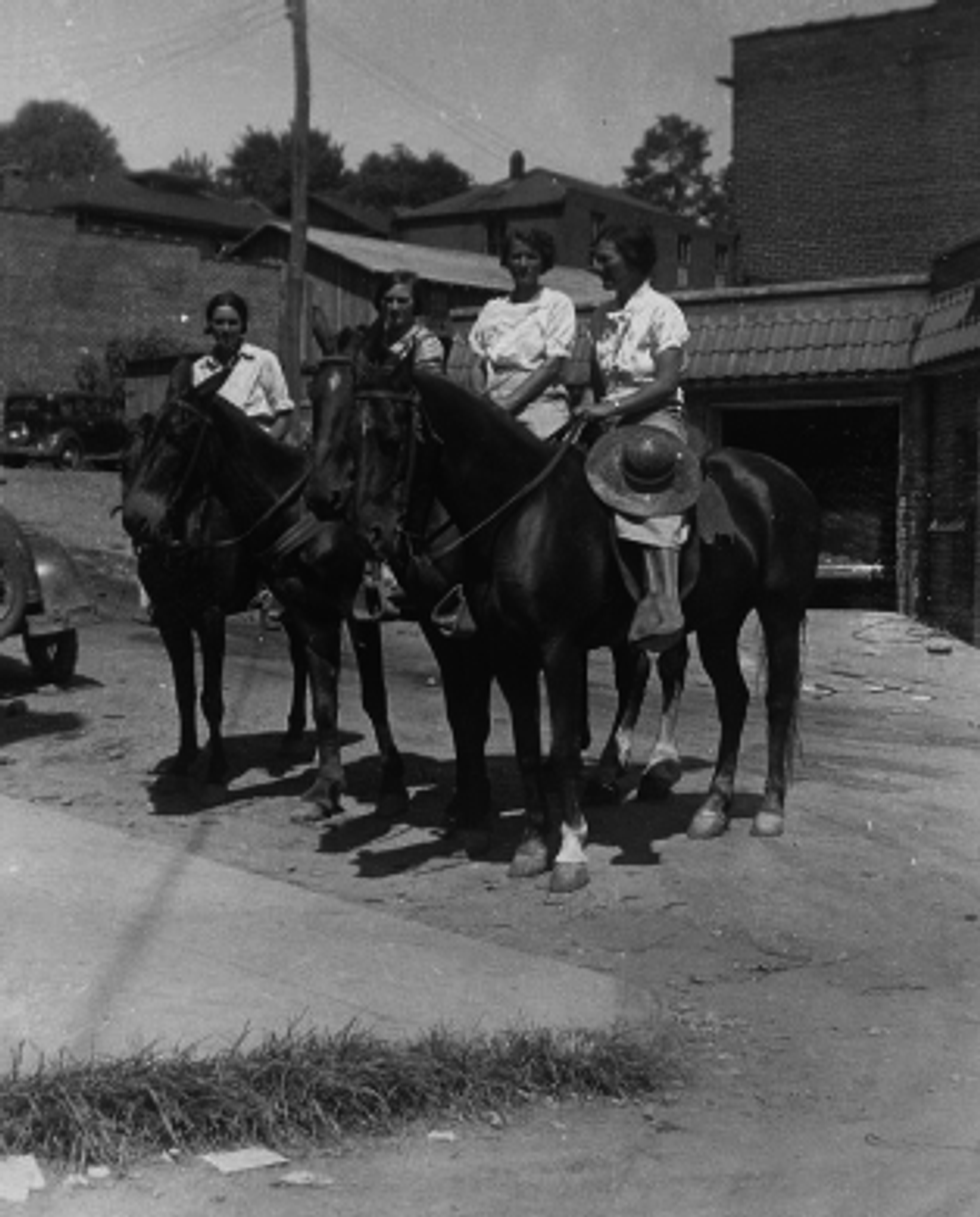 Packhorse librarians ready to start delivering books.
Packhorse librarians ready to start delivering books.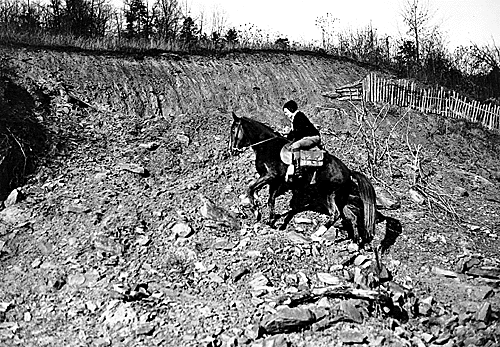 Pack Horse Library Project - Wikipedia
Pack Horse Library Project - Wikipedia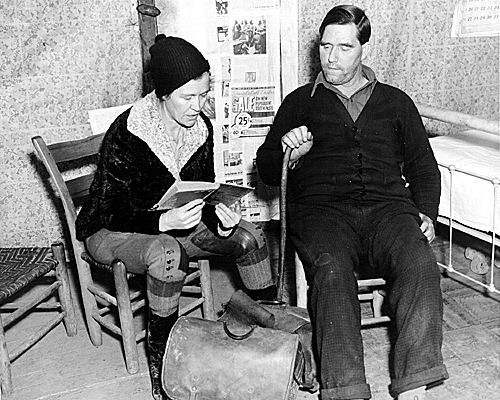 Packhorse librarian reading to a man.
Packhorse librarian reading to a man.
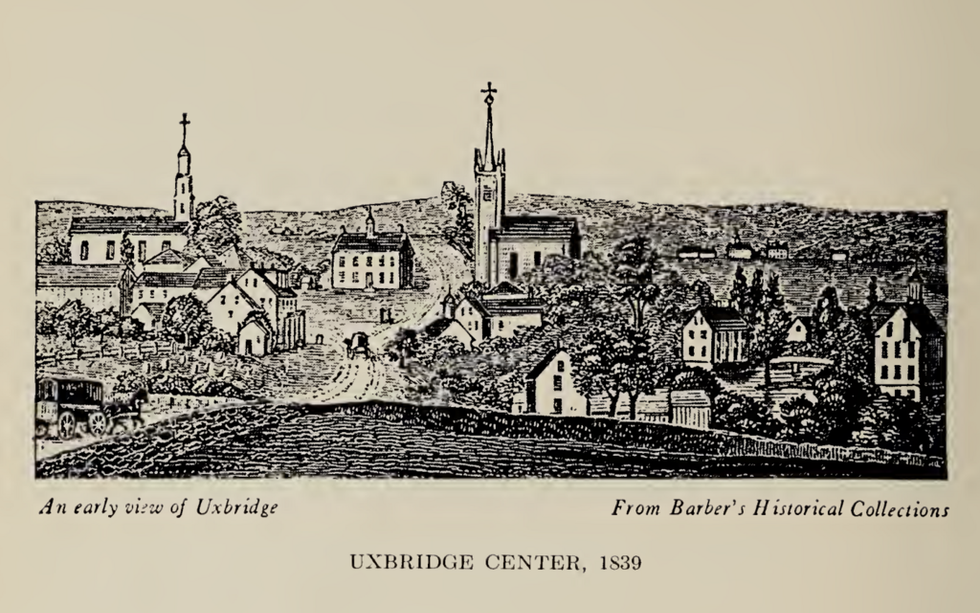 Fichier:Uxbridge Center, 1839.png — Wikipédia
Fichier:Uxbridge Center, 1839.png — Wikipédia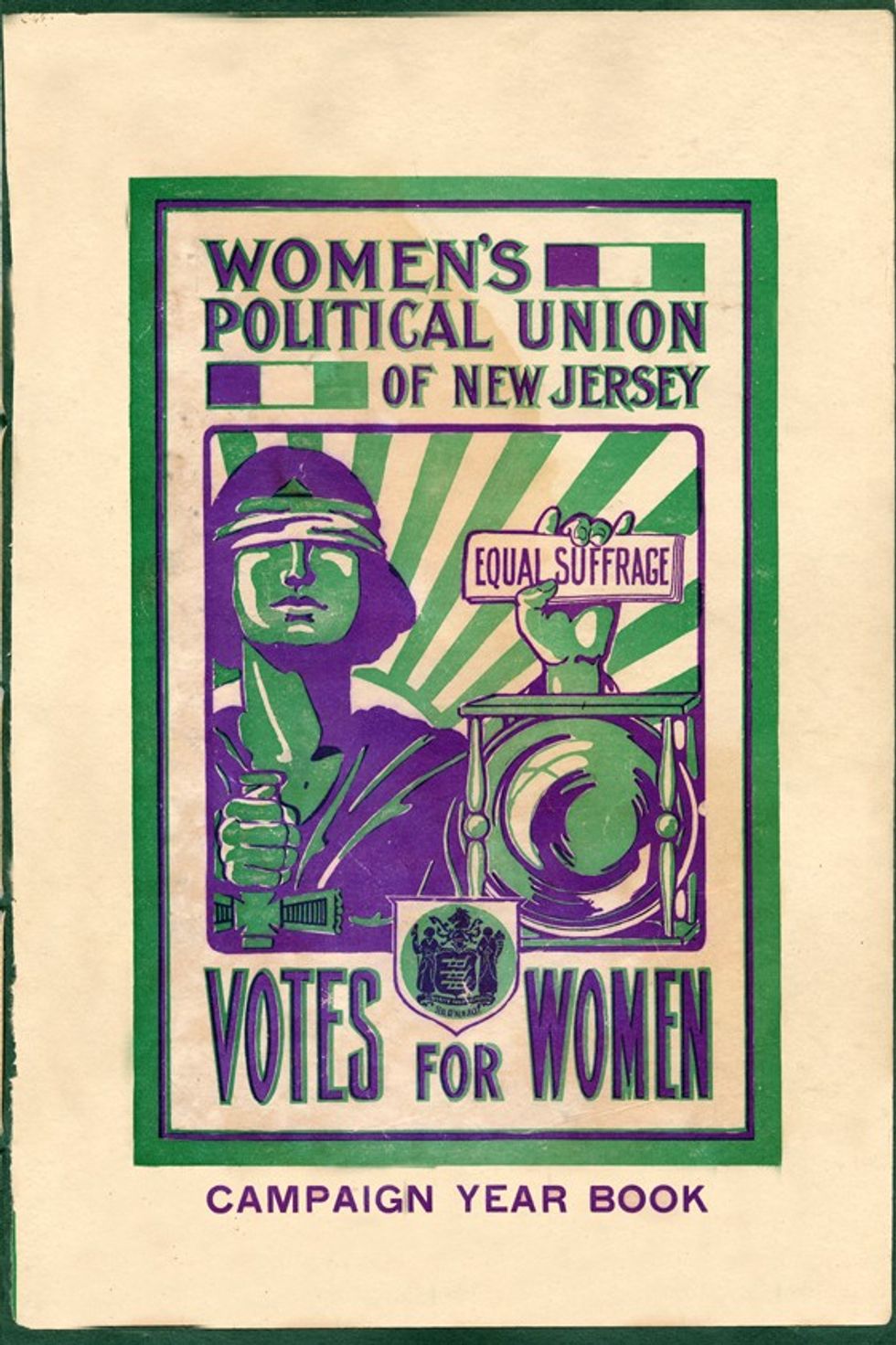 File:Women's Political Union of New Jersey.jpg - Wikimedia Commons
File:Women's Political Union of New Jersey.jpg - Wikimedia Commons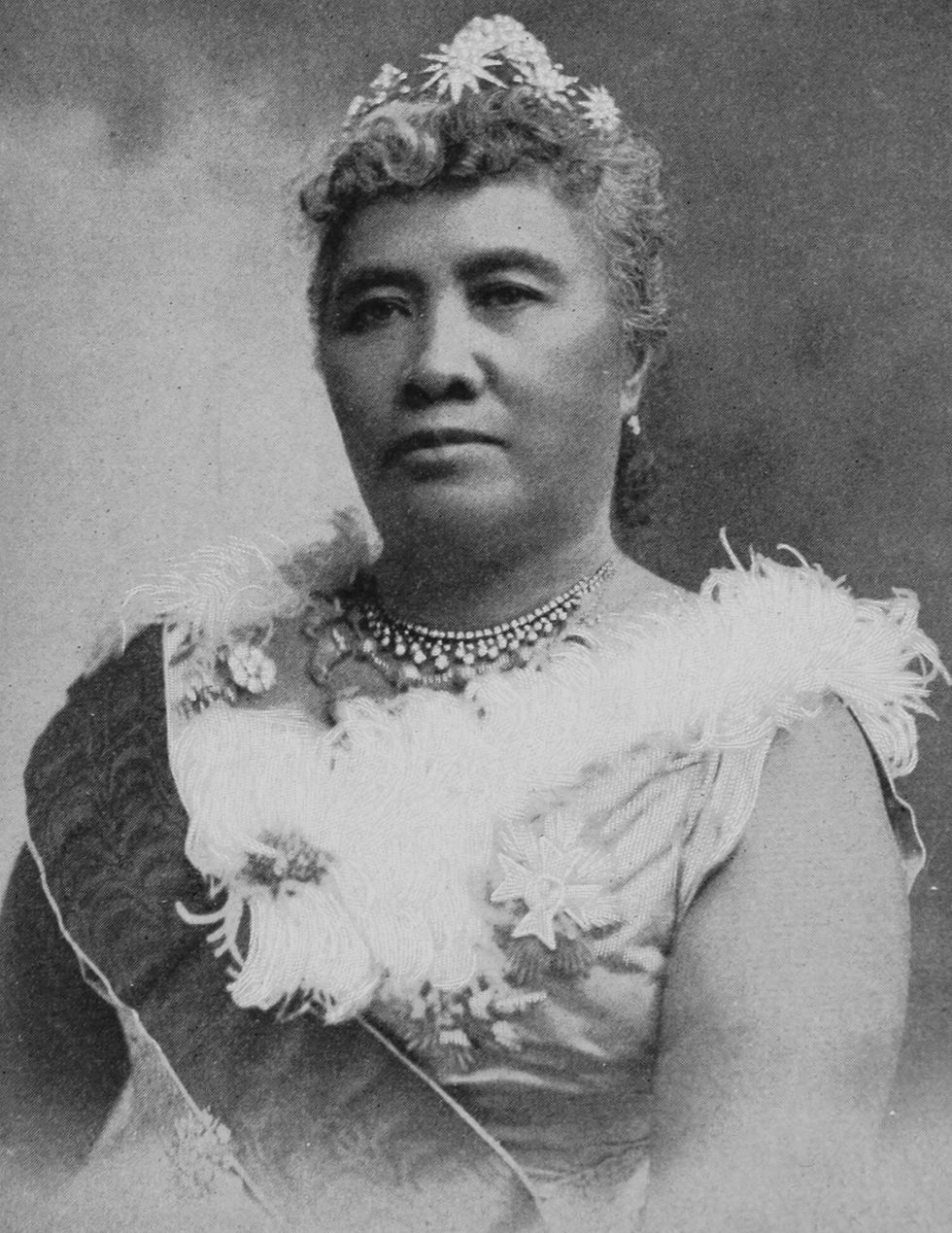 File:Liliuokalani, photograph by Prince, of Washington (cropped ...
File:Liliuokalani, photograph by Prince, of Washington (cropped ...
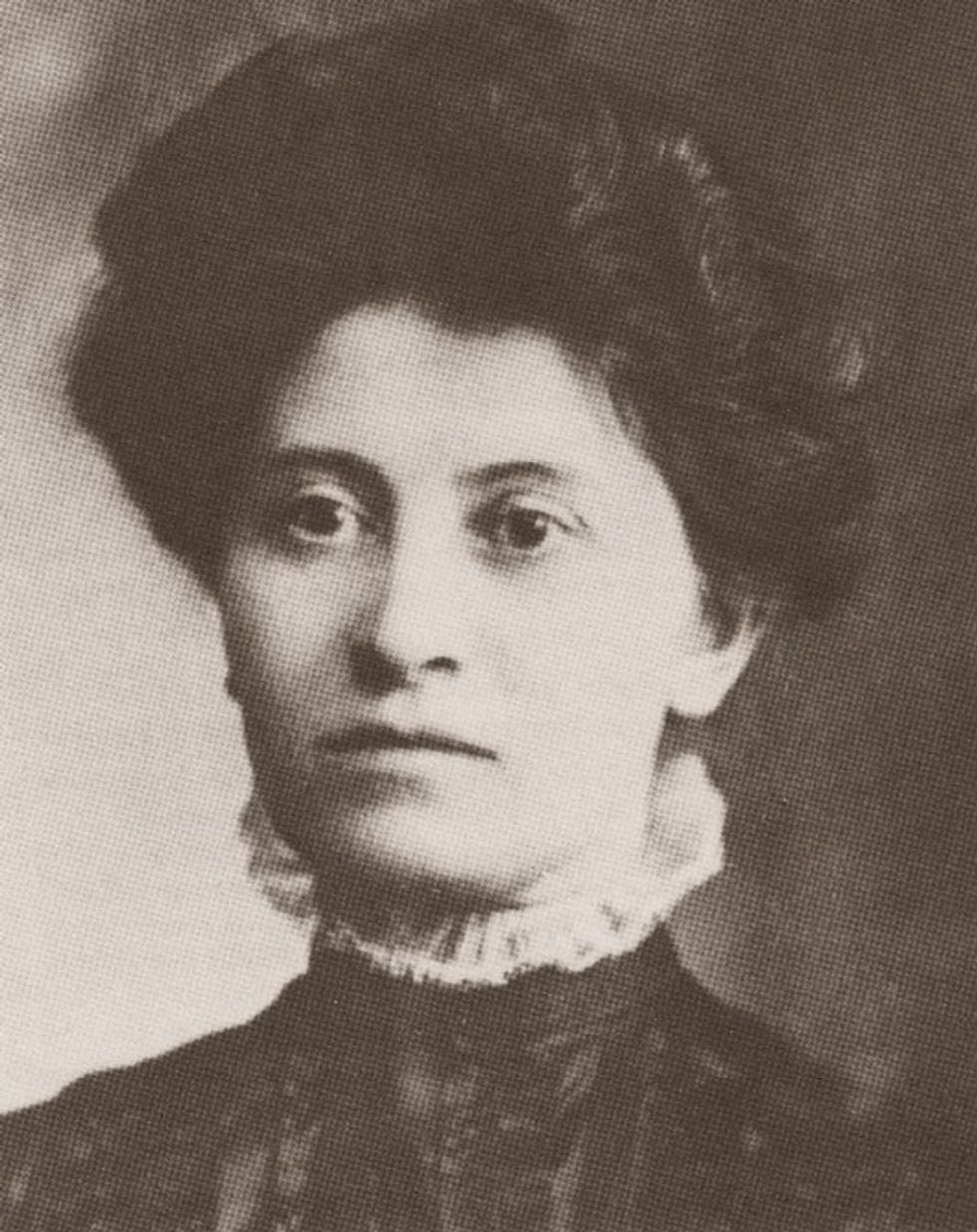 Theresa Malkiel
commons.wikimedia.org
Theresa Malkiel
commons.wikimedia.org
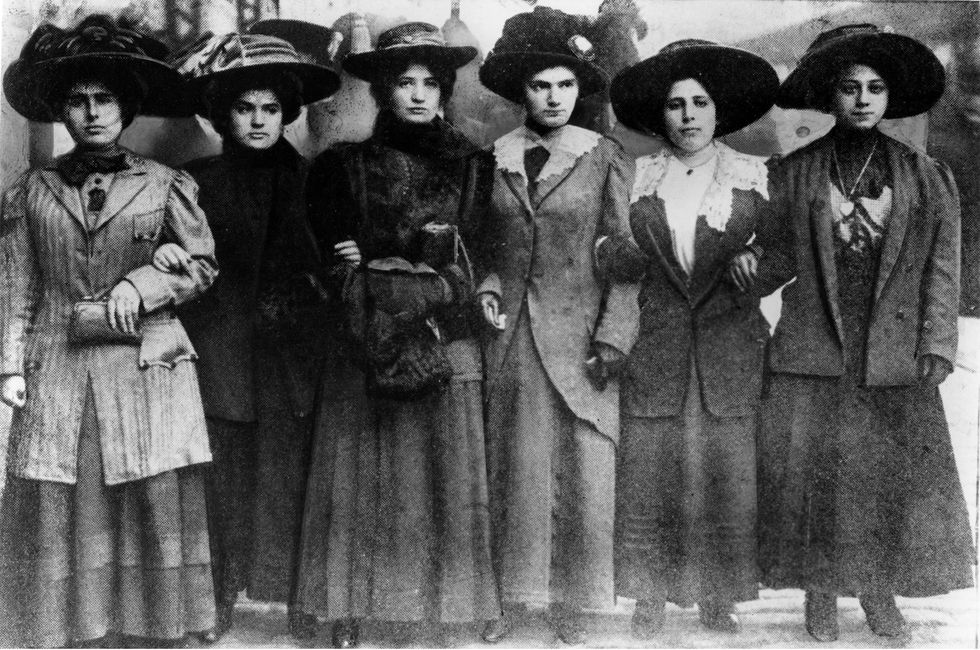 Six Shirtwaist Strike women in 1909
Six Shirtwaist Strike women in 1909
 U.S. First Lady Jackie Kennedy arriving in Palm Beach | Flickr
U.S. First Lady Jackie Kennedy arriving in Palm Beach | Flickr
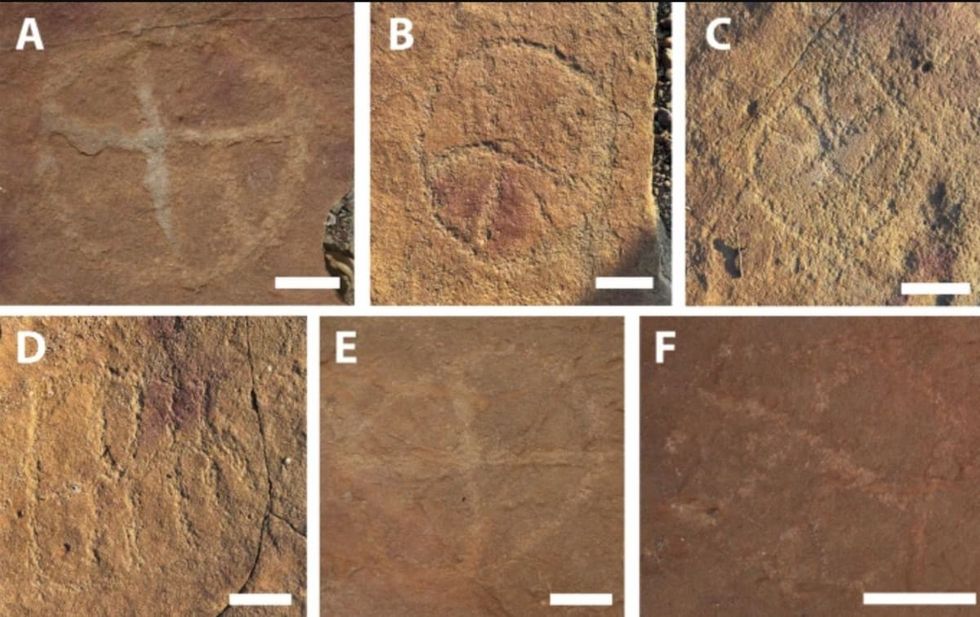 Image Source:
Image Source: 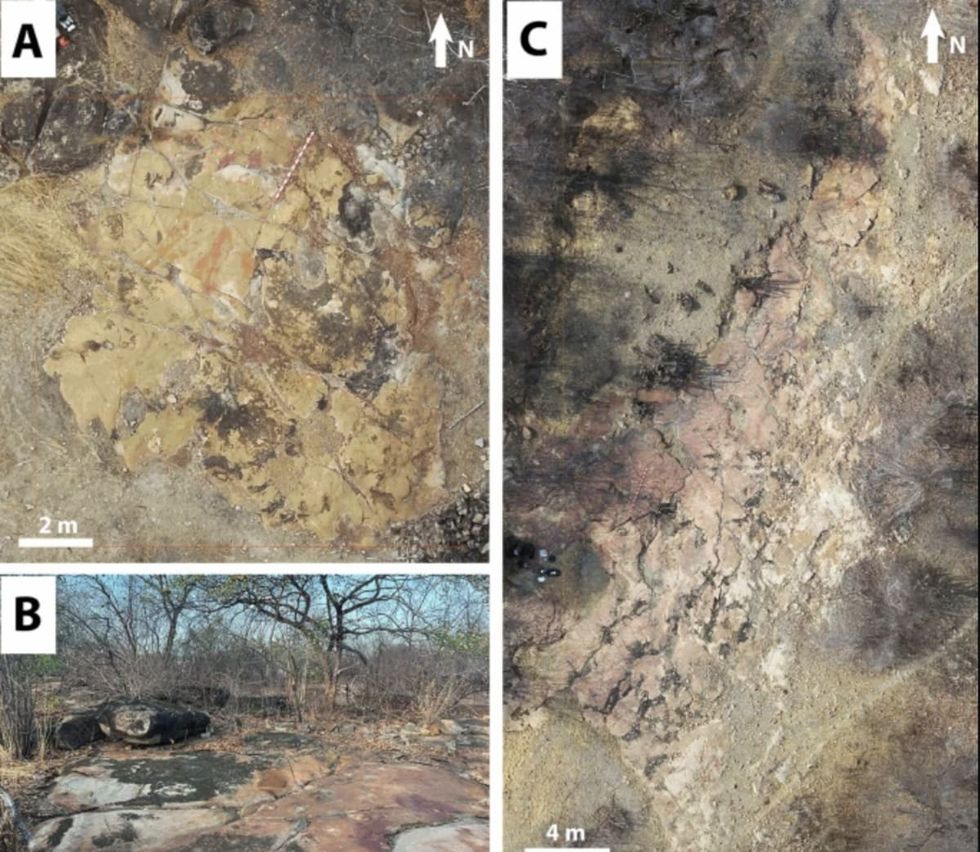 Image Source:
Image Source: 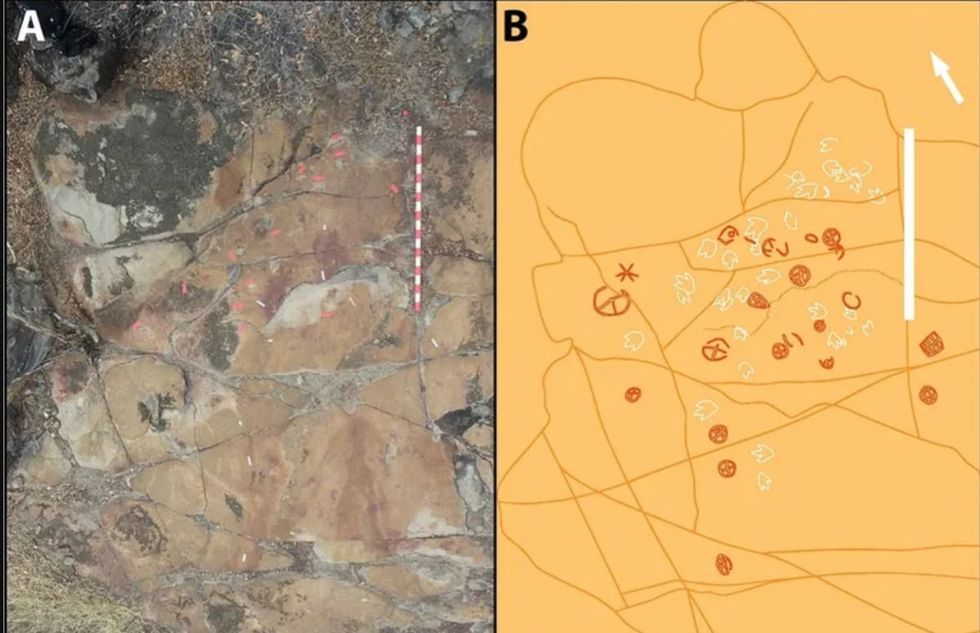 Image Source:
Image Source: 